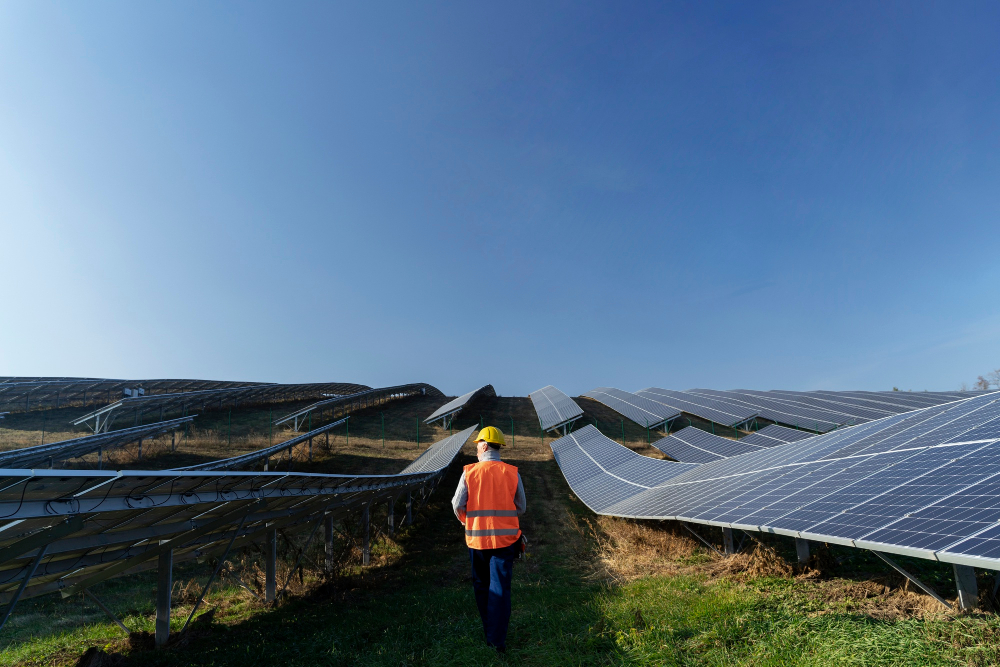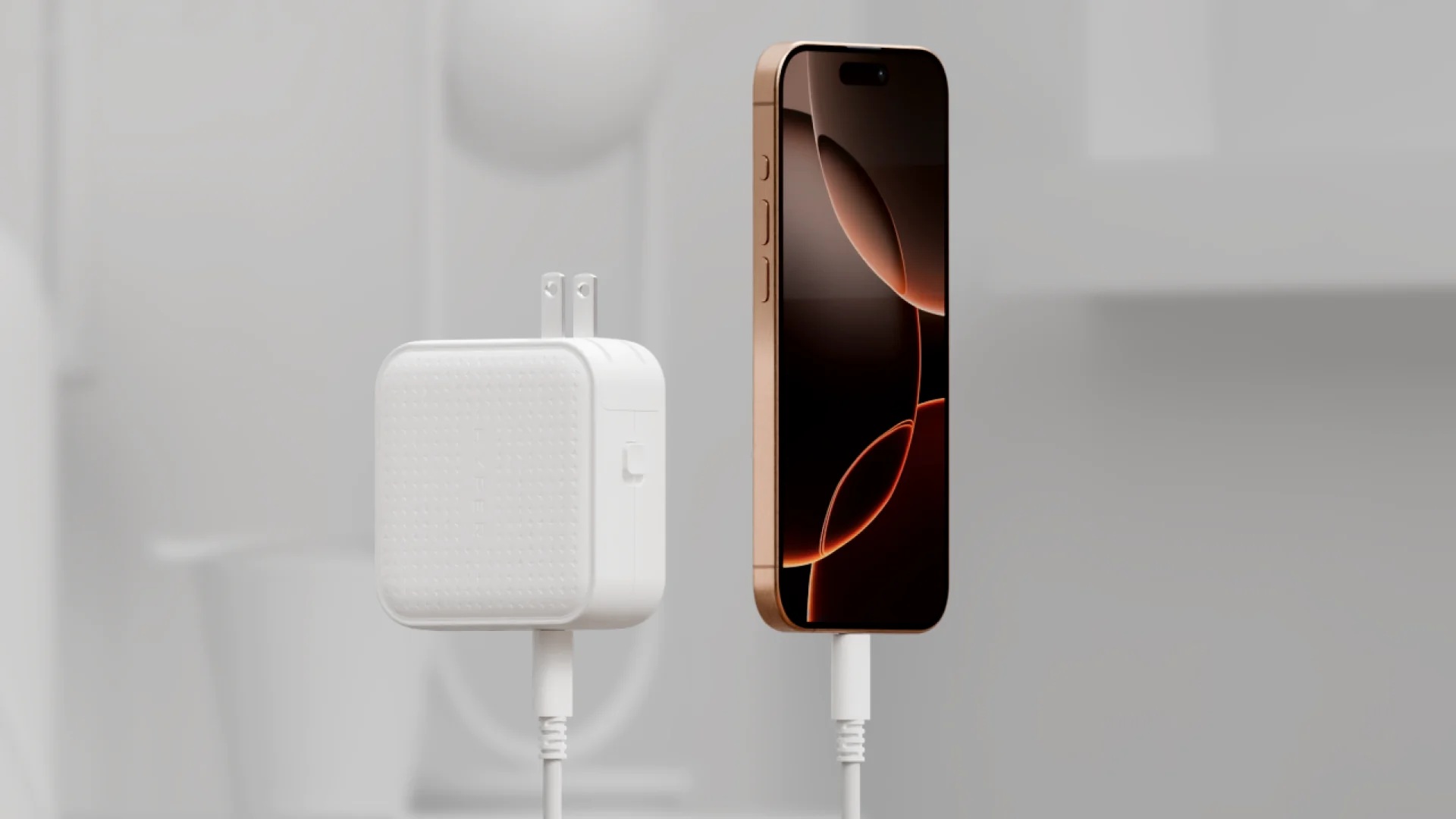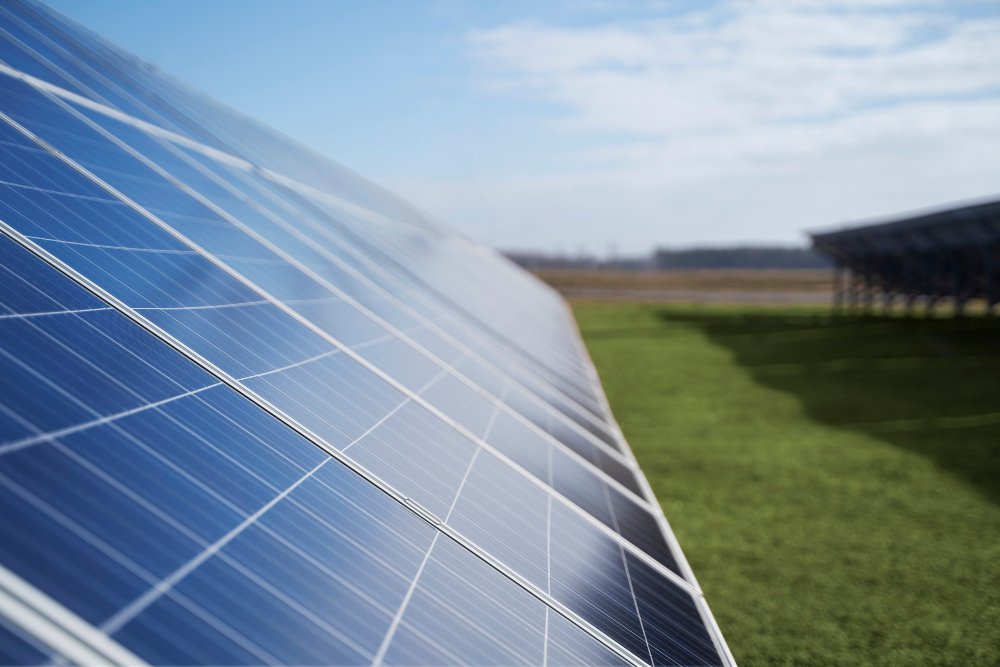According to Absolar (Brazilian Photovoltaic Solar Energy Association), Brazil passed the 25 gigawatt installed solar cap this month with more than R$125 billion in investment in the sector. For experts, the country may be a leader in solar panel use, but faces embargoes to expand sourcing.
According to a study by Absolar in 2022, only 2.2% of the 88 million consumer units in Brazil that can generate their own energy, such as homes and apartments, invest in solar panels. Factors such as the production of emerging technologies and public policies.
What are the challenges of expanding the industry in Brazil?
Absolar’s vice president, Bárbara Rubim, says photovoltaic sources have been developed in Brazil for about ten years – a recent period compared to other countries such as Germany, which has been operating in the region for 20 years.
In 2021, Brazil had the world’s 13th largest accumulated solar photovoltaic capacity; with 13.6 gigawatts (GW) at the time. In the same ranking, the European country ranked 4th with 58.4 GW, after China (306.4 GW), the United States (93.7 GW) and Japan (74.1 GW). The data was collected by Absolar last year based on information from Aneel (National Electric Power Agency) and Irena (International Renewable Energy Agency).
Sources such as solar-powered modules are often imported, making installation more expensive. For Rubim, reindustrialization policies could reduce dependency on other countries and make Brazil an exporter of these technologies.
But expansion also depends on sector-focused public policies, which, according to the expert, help to show government interest and drive the private market with it.

One possibility, Rubim says, is to create programs that focus on low-income people. It refers to Absolar’s proposal to replace the social electricity tariff with the installation of photovoltaic systems in the homes and apartments of beneficiaries of the subsidy.
Projects for this population are envisaged in the new legal framework for distributed microgeneration and minigeneration, which was established in 2022 and aims to produce its own energy. The framework created the Social Renewable Energy Program (PERS), which finances photovoltaic systems for consumers served by the social tariff.
The law also sets fees for those who produce their own energy, among other measures. Now new users will have to pay tariffs to distributors at a fee that was not there before.
Those who have already invested in micropower generation in the year the law came into effect will only start paying in 2045. According to Bárbara Rubim, the legal framework brought greater legal certainty and stability to the industry because it was regulated by energy laws before its own energy was produced. Anael decisions.
What are the new government’s plans for the region?
During the transition to President Lula’s (PT) government, the group responsible for analysis in the energy field recommended the inclusion of solar panels in Minha Casa, Minha Vida, a program that resumed last Tuesday (14). According to the Ministry of Mines and Energy (MME), the idea is still being evaluated.
Folder plans to create a program still in development for access and inclusion in renewable resources, with a focus on low-income consumers.
Estimates by MME indicate that solar and wind farms should represent more than 90% of electrical power growth, which could reach 10.3 GW this year.
Despite the hurdles, solar currently represents about 11% of the electricity matrix and the second major resource in the country, according to Absolar. According to Bárbara Rubim, the perspective is that the industry will grow and take first place by 2050.
Source: Tec Mundo
I’m Blaine Morgan, an experienced journalist and writer with over 8 years of experience in the tech industry. My expertise lies in writing about technology news and trends, covering everything from cutting-edge gadgets to emerging software developments. I’ve written for several leading publications including Gadget Onus where I am an author.












